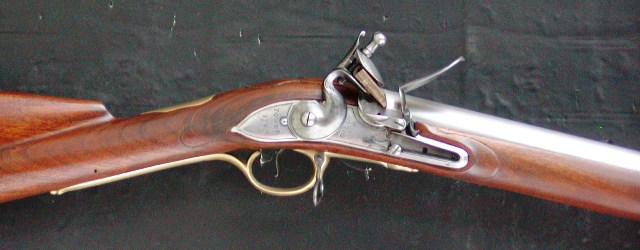I've been searching for some information about original methods used to finish the wood on military muskets in their time. I'm mainly interested in French muskets, but I don't suppose the finishing method would be that different in other countries.
I read somewhere stocks were dipped in a huge tank of (possibly warmed) linseed oil. They were then left for 14-21 days to dry. That's all I managed to find.
I'm starting work on finishing a musket kit and I would like to finish it in realistic way. There are many books and tutorials how to achieve various highly polished finishes. However, there isn't much info about how to make a kit musket look authentic.
I'm not planning to make it look like originals we have today. My ideal would be to achieve a finish originals had when they were made,but I don't know how that finish looked like.
How well was it sanded, was grain filled with grinding sawdust, or some dedicated concoction etc?
If anyone has any information on the subject please share.
I read somewhere stocks were dipped in a huge tank of (possibly warmed) linseed oil. They were then left for 14-21 days to dry. That's all I managed to find.
I'm starting work on finishing a musket kit and I would like to finish it in realistic way. There are many books and tutorials how to achieve various highly polished finishes. However, there isn't much info about how to make a kit musket look authentic.
I'm not planning to make it look like originals we have today. My ideal would be to achieve a finish originals had when they were made,but I don't know how that finish looked like.
How well was it sanded, was grain filled with grinding sawdust, or some dedicated concoction etc?
If anyone has any information on the subject please share.








